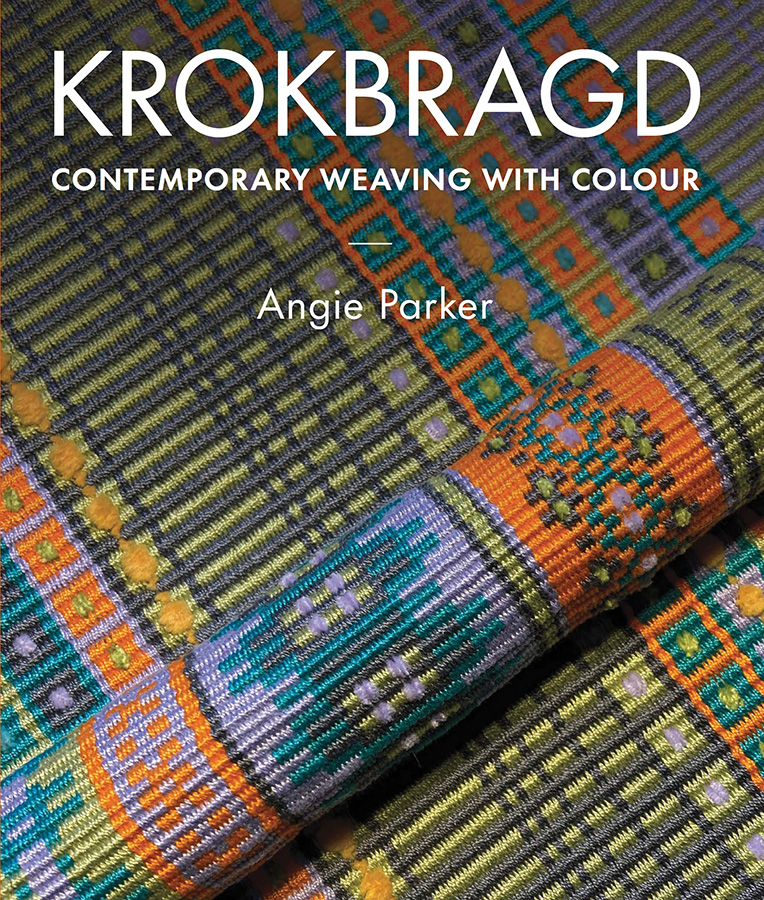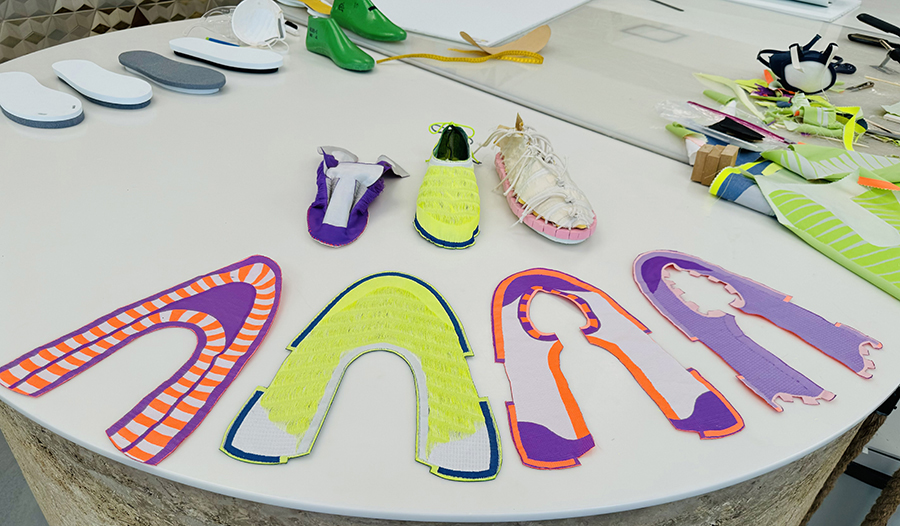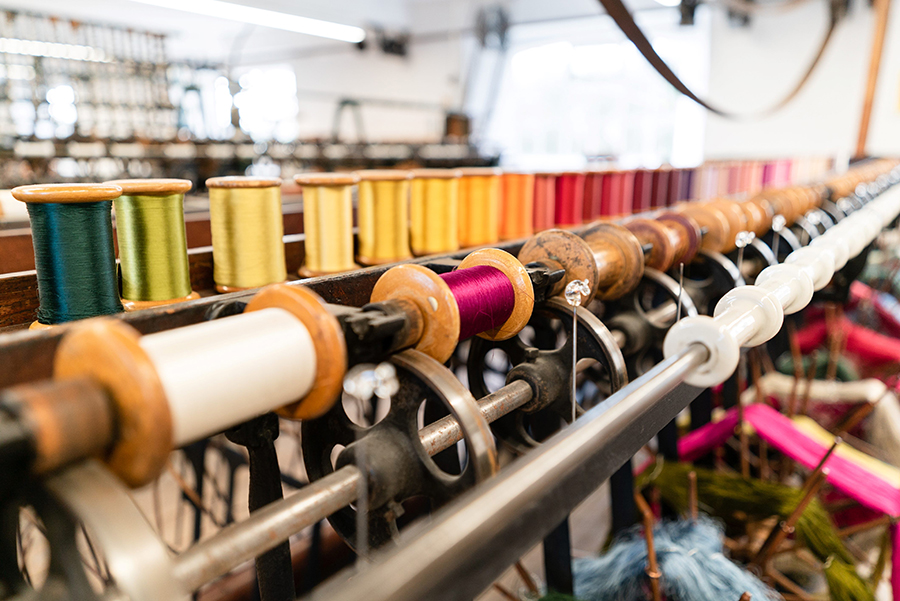 ‘Hanging By a Thread’ at Sunny Banks Mill
‘Hanging By a Thread’ at Sunny Banks Mill
Dates: 11.10.25 – 24.12.25
David Fox is a hand weaver and textile artist who explores materials and form, with an interest in textile heritage. His studio is at Sunny Bank Mills in Farsley just outside of Leeds, and is also known as Fox on the Sley. He studied a BA (Hons) in Textile Design at the University of Leeds
His weave practice experiments with double cloth structures, three dimensional forms playing around with yarns that hold memory and shape, from paper to steel mixes including cotton and wool. He weaves on a George Wood Dobby Loom and various table looms to create textiles that unpacks or retells textile heritage and has close relationship and developing practice with Sunny Bank Mills Museum and Archive.
The archive ‘touchstone’ was formed from his BA in which he was inspired by the archives physical objects, oral histories and the mills’ architecture. Fox believes our heritage is also our future and we should hold onto the memories, the objects and the knowledge. We need to look back as well as forward. Recently he has been developing and building on his practice, which has ended up collaborating with glass created by Liz O’Connell.
Liz O’Connell completed her MA at the National Glass Glass centre she weaves with glass threads and creates glass textiles that explore our psychological connections to thread, such as: fixing and mending, the state of ‘losing one’s thread’, and being ‘threadbare’ .. she is particularly interested in the selvedge ..how glass remains frayed. Her interest in ‘ Emotional Fabric’ comes from her experience working formerly as a family and single parent worker. Continue reading →










